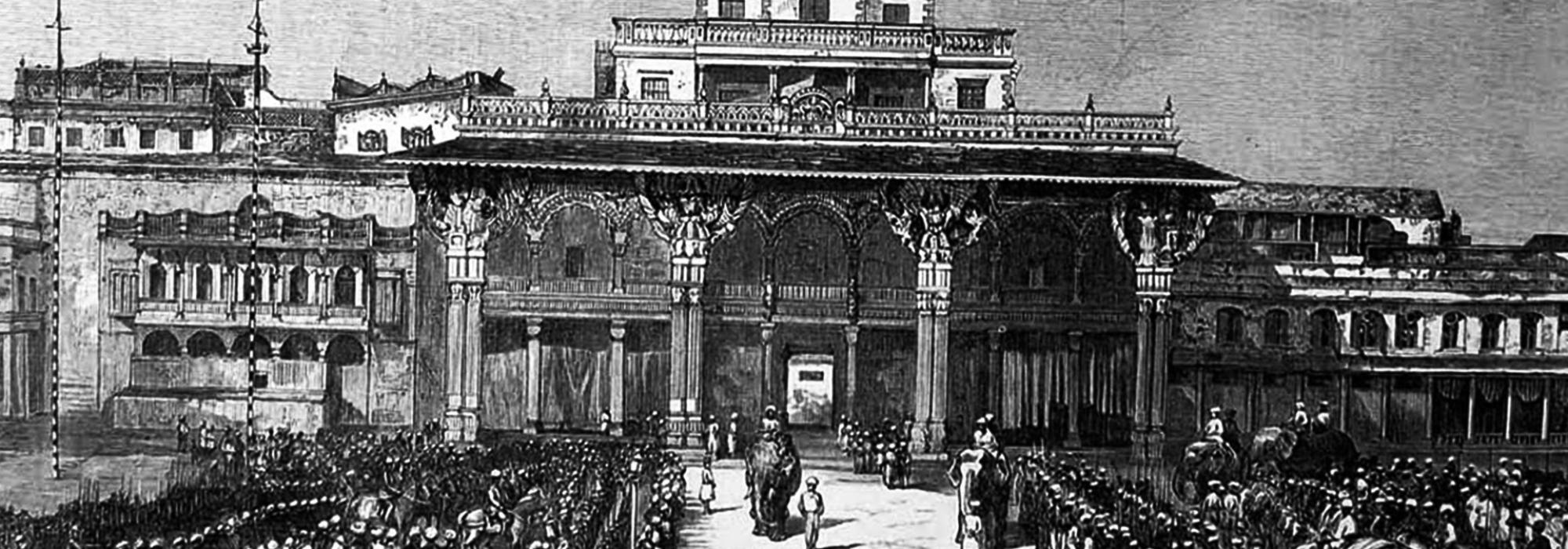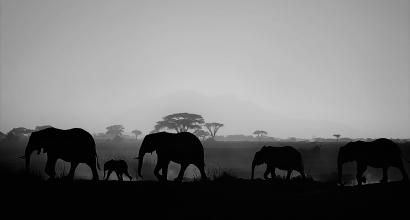The People who are Worthy of a Biography
History is the external transactions of the people, while Biography comprises the inner landscape.
Those who stir the hearts of the people, instigate their minds, give shape to their hopes and aspirations, whip their emotions and passions, awaken in them new and diverse opinions, make them fight for a cause and inspire them to start an agitation, get them to change their character and conduct for the better – are all leaders of the country, aren’t they? These renowned personages are the ones who have a sway over the hearts of people, and rightfully so. People are like their leader. If we truly desire to grasp the subtleties of the country’s activities and ceremonies, the inner structure of its various circumstances and happenings, we must take a look at the minds of those leaders. This is how the value increases for that genre of literature called biography.
In history and in biography, the two important parts are – i. pertaining to the external realm and ii. pertaining to the inner realm. The character, conduct, and characteristics of a certain individual will be familiar to one who has seen him from close quarters. When the biography protagonist and the biographer have mutual affection and share an intimate friendship, higher the degree of intimacy, greater the integrity of the account as well as its emotional appeal and points of interest. A few of the famous biographies in English include Boswell’s biography of the scholar Dr. Johnson[1]; Carlyle[2]’s biography of great rulers like Cromwell[3], Frederick the Great,[4] and others; Lockhart[5]’s biography of the novelist and poet Scott[6]; Lord Morley[7]’s biography of the great statesman Gladstone[8].
In 1910, I wanted to write a biography of Diwan Rangacharlu by compiling to the best of my abilities all the information available about him and so I went to meet the then Diwan, Pradhāna Śiromaṇi T Ananda Rao[9]. I had heard that he knew Diwan Rangacharlu and that his father Raja Sir T. Madhava Rao[10] was a close friend of Diwan Rangacharlu. Due to these reasons, I was expecting to get a lot of information from Ananda Rao.
As soon as I expressed my intention, Ananda Rao asked me, “Have you met Diwan Rangacharlu?”
“No; he died six or seven years before I was born.”
“In that case, haven’t you written about his style of speaking, his courtesies, his method of working; haven’t you included personal anecdotes, table-talk, and other points of interest?”
“I haven’t written much about that. I’ve only written what I have heard,” I said.
“That’s good; now, go to Mysore and get in touch with Ambil Narasimha Iyengar, Venkatakrishnaiah, and Inamdar Raghavacharya. Meet them, ask them a lot of questions, make note of whatever they say, and after you return, please add that as an appendix to you book. Then your book may become more interesting.”
This was Ananda Rao’s suggestion. I listened to his words and tried to implement it. I spent twenty or twenty-five days in Mysore merely for that purpose. But I didn’t get as much benefit as I had expected. Sri Ambil Narasimha Iyengar was rather unwell and could only give me four sentences that served as a preface. Venkatakrishnaiah, in his foreword, did not mention a single personal anecdote.
Our people should pay attention to the appropriate aspects of a biography and learn. To say that one was “a great man,” “a man of great personality,”[11] “a magnanimous person,” “immensely talented,” or “one who worked constantly” – such banal phrases of description are useless to imprint the characteristic traits and personality of a great man in our mind’s canvas; they hardly make an impression.
Some people, when asked to speak about Rangacharya, used that pretext to begin speaking about themselves. There was some difficulty that Rangacharya faced, the manner in which he asked this Timmannayya[12] for help, the sort of adventure this Timmannayya embarked on, the way in which that difficulty was resolved due to the intelligence of this Timmannayya, the sort of gratitude and respect that Rangacharlu had towards this Timmannayya, the greatness and glory of this Timmannayya – this is the sort of stuff that flowed out of the mouth of the great man, making Rangacharya totally insignificant in the discussion!
To be concluded…
This is the fourth part of a five-part English translation of the introductory essay of D V Gundappa’s Jnapakachitrashaale – Vol. 1 – Sahiti Sajjana Sarvajanikaru. DVG wrote this series in the early 1950s. Thanks to Arjun Bharadwaj for his thorough review and astute suggestions.
Footnotes
[1] James Boswell (1740–95) was a Scottish biographer and diarist, best known for his biography of his friend and contemporary, Dr. Johnson. Samuel Johnson (1709–84) was an English poet, playwright, literary critic, biographer, editor, and lexicographer. Many hail Boswell’s biography of Johnson as the greatest biography written in English.
[2] Thomas Carlyle (1795–1881) was a Scottish philosopher, satirical writer, translator, historian, mathematician, and teacher, best known for his work On Heroes, Hero-Worship, and The Heroic in History where he says, “the history of the world is but the biography of great men.”
[3] Oliver Cromwell (1599–1658) was an English military and political leader.
[4] Frederick II (1712–86) ruled the Kingdom of Prussia from 1740 until 1786, the longest reign of any Hohenzollern king. He became known as Frederick the Great (Friedrich der Große).
[5] Sir Walter Scott (1771–1832) was a Scottish historical novelist, poet, playwright and historian, best known for his work Ivanhoe.
[6] John Gibson Lockhart (1794–1854) was a Scottish writer and editor, best known for writing the biography of his father-in-law Sir Walter Scott. This has been hailed as the second most admirable biography in English, after Boswell’s Life of Johnson.
[7] John Morley (1838–1923) was a British Liberal statesman, writer, newspaper editor, and political commentator, known for writing a biography of his hero, William Gladstone.
[8] William Ewart Gladstone (1809–98) was a British statesman and Liberal Party politician, who served as the Prime Minister of the United Kingdom and the Chancellor of the Exchequer.
[9] Tanjore Ananda Rao (1852–1919) was an Indian administrator and statesman who served as the Diwan of the Mysore kingdom from 1909 to 1912. He was the eldest son of Sir T Madhava Rao.
[10] Raja Sir Tanjore Madhava Rao (c. 1828–91) was a civil servant, administrator, and politician who served as the Diwan of Travancore (1857–72), Diwan of Indore (1873–75), and Diwan of Baroda (1875–82). He was the nephew of the former Diwan of Travancore T Venkata Rao.
[11] The original has ‘ājānubāhu,’ which literally means ‘one whose palms touch his knees’ but in general refers to a person whose physical frame is attractive. <check>
[12] Just a generic name; a placeholder referring to the self-centered person DVG is speaking about.














































